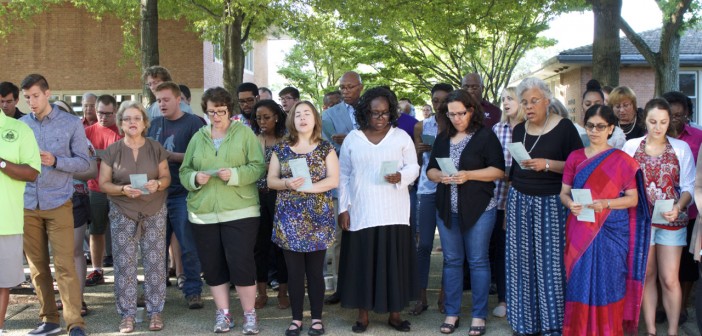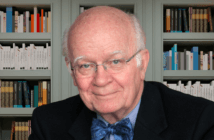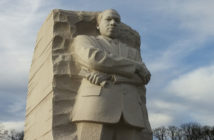Each Sunday The Washington Post has a feature in the opinion section dealing with common myths about a particular topic. Noted demographer William H. Frey wrote about myths related to the current census (“Five Myths about the 2010 Census and the U.S. Population,” February 14, 2010). Two of the myths he addressed speak directly to the imperative many churches are seeking to address today to reach younger and more diverse people.
The church is called to minister to “the people God has given us.” Therefore, the changing makeup of the people God has given us in our communities needs to capture our careful attention.
Myth: Immigration is the biggest reason for increasing racial and ethnic diversity.
Frey maintains that if immigration stopped today, the U.S. would still see substantial gains in racial ethnic populations for decades to come. The Census Bureau projects that under a “no further immigration” scenario, the racial ethnic population proportion would rise from about 35 percent today to 42 percent in 2050. Most of the increasing racial diversity of the population will come from natural growth among persons already living in the country.
Frey also points out that popular conceptions of where people of color live do not always match reality. For example, a majority of all Hispanic, African American, and Asian residents of major metropolitan areas now live in the suburbs. And since 2000, according to recent estimates, the fastest Hispanic growth occurred in South Carolina, South Dakota, Tennessee, and Arkansas.
Myth: The country is getting uniformly older.
There are two major demographic movements going on in the U.S. today. We have already noted the first one, the growing racial diversity of the population, perhaps the greatest in the country’s history since the introduction of slavery. The other movement is the aging of the Baby Boomers (those born between 1946 and 1964). The first of the Baby Boomers are now in their early to mid-60s.
Frey speaks of a “surge in senior citizens” over the next twenty years as this huge generation grows older. But the growth in older populations will differ significantly in different states. Exactly half the states are “aging” while the other half are “younging.” Census estimates reported by Frey show that during the first nine years of this decade, twenty-five states — mostly in the Northeast (including DC), Midwest, and Great Plains — exhibited absolute declines in their residents under age 18. But at the same time, the other twenty-five states, led by Nevada and Arizona, showed gains in their under-18 population.
What Might This Mean?
No persons are more valuable in the eyes of God because of race, age, or other demographic categories. However, the church is called to minister to “the people God has given us.” Therefore, the changing makeup of the people God has given us in our communities needs to capture our careful attention. While we celebrate and cherish each person already in our congregations, staying attuned to “who’s missing” is a way of looking at our mission fields as God sees them.




